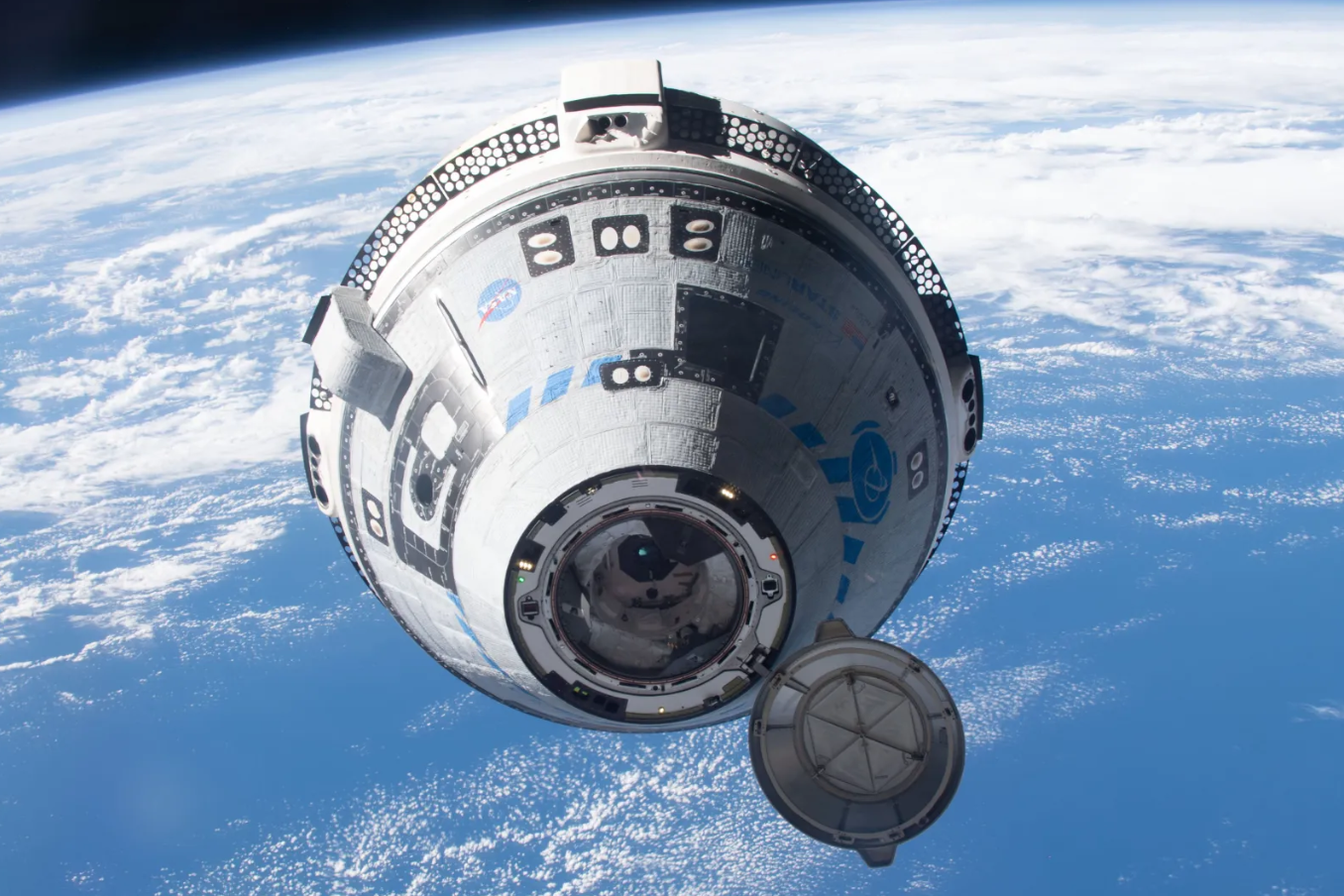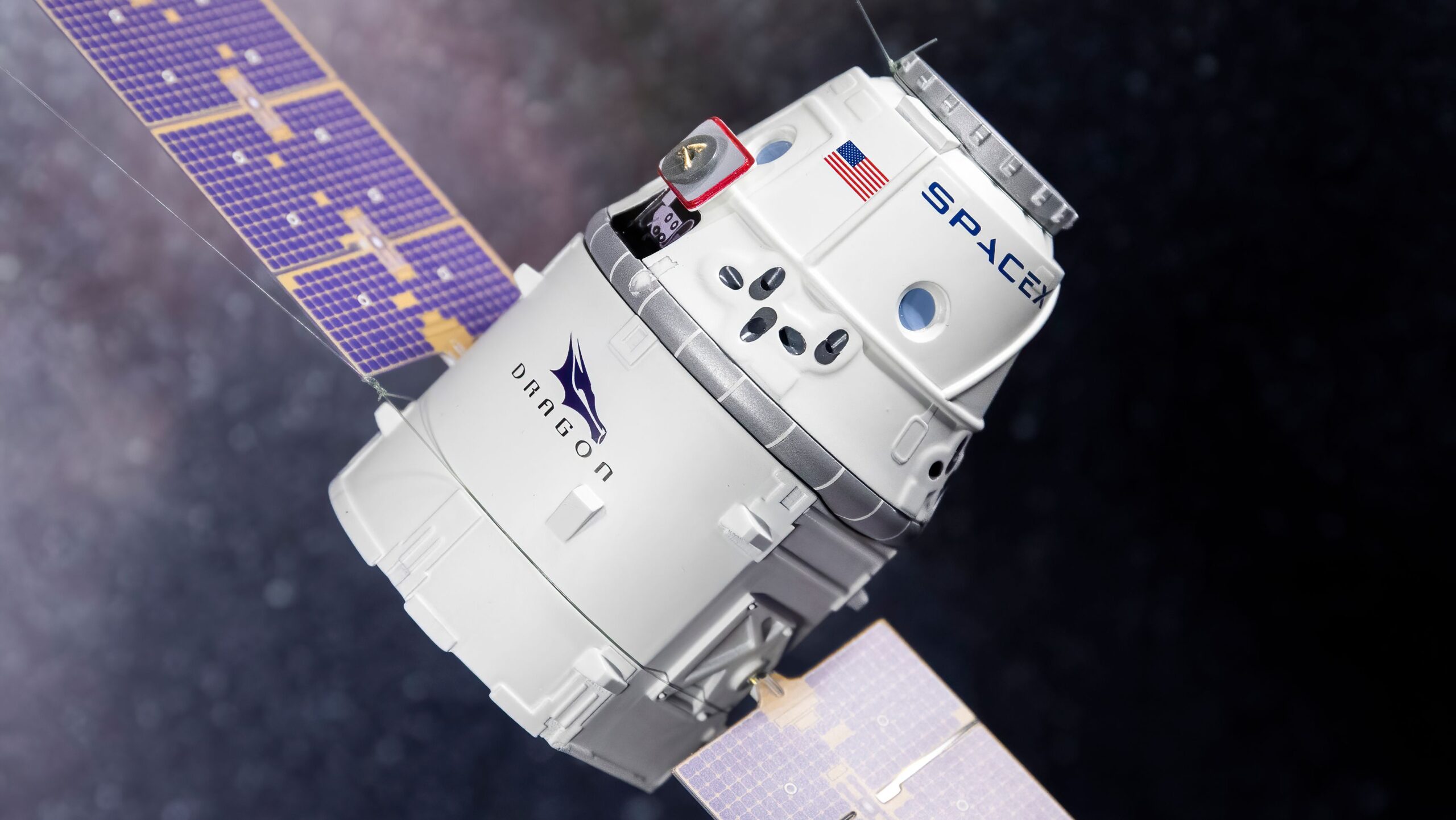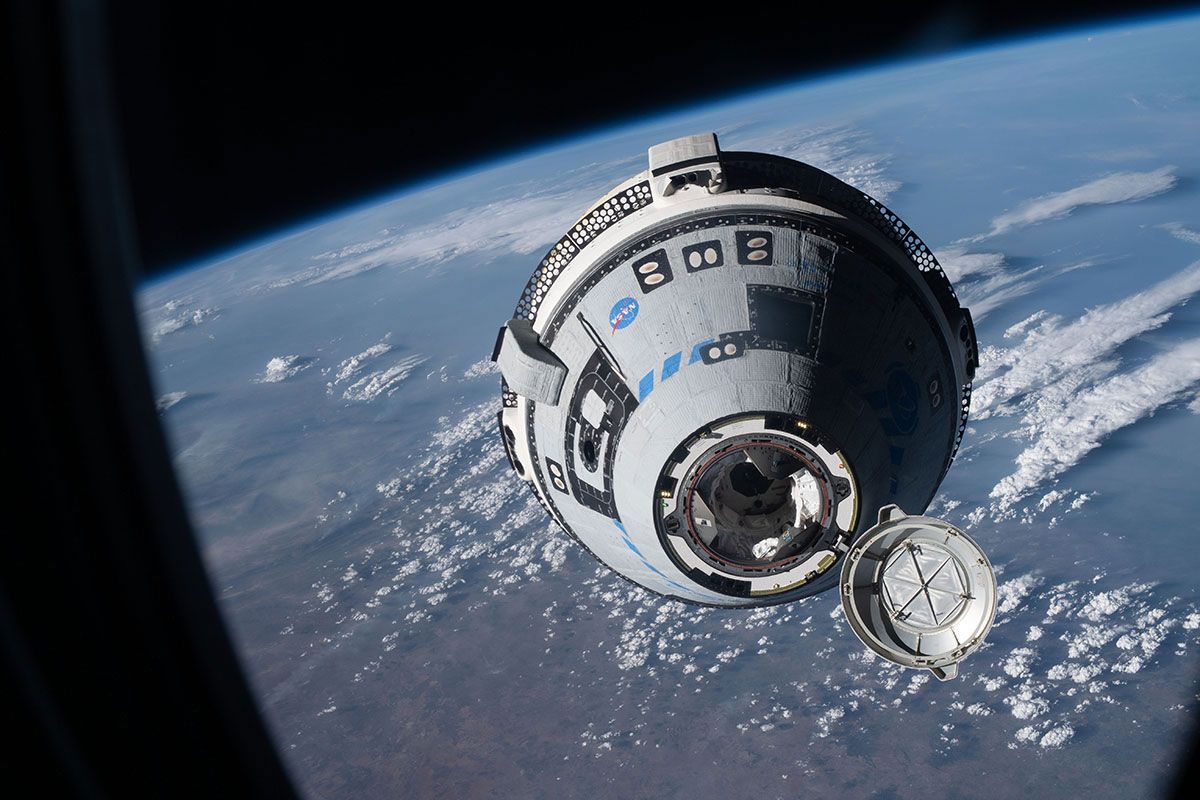Summary
- SpaceX could bring stranded astronauts home as a backup option if Boeing’s Starliner spacecraft issues persist.
- The root cause of Starliner’s problems said to be related to a build-up of heat causing seals to deform, risking astronaut safety.
- A decision on Starliner likely to be made soon after additional testing.
SpaceX’s Crew Dragon shuttle is being considered as a backup option to bring back two astronauts stranded on the International Space Station (ISS). NASA astronauts Suni Williams and Butch Wilmore have been on the ISS for almost two months due to problems with Boeing’s Starliner spacecraft.
SpaceX could bring stranded astronauts home
It has now been 53 days since Williams and Wilmore launched into space onboard the Boeing Starliner, with the two far outstaying their planned mission duration of eight days. With Starliner’s technical problems yet to be resolved, NASA may call on SpaceX and its Crew Dragon shuttle to get the two astronauts back to Earth.
In a briefing on Thursday, Steve Stich, manager of NASA’s Commercial Crew Program, said,
“We have two different systems that we’re flying. Obviously, the backup option is to use a different system.”
However, the priority remains getting the two astronauts home on Starliner, but hitching a ride home onboard Crew Dragon is becoming more and more probable. There is a Crew Dragon capsule already docked at the ISS, while another is due to launch into space next month.
Starliner experienced two different problems – helium leaks and the unexpected shutdown of five reaction control thrusters – during its mission to the ISS on June 5th. Four of these five thrusters eventually recovered, but one of them has been deemed unusable.
Starliner decision coming soon
NASA continues to run tests at its White Sands Test Facility in New Mexico in an attempt to discover the root cause of Starliner’s complications. According to a CNN report, the problem may be related to a build-up of heat inside the thruster, causing Teflon seals to bulge and restrict the flow of nitrogen tetroxide propellant.
Mark Nappi, Boeing’s Commercial Crew Program manager, commented,
“Through the heating and natural vacuum that occurs with the thruster firing, that poppet seal was deformed and actually bulged out a little bit.”
Photo: Boeing

Related
NASA Boeing Crew Flight Test Astronauts Share Their Experience On Starliner Mission
The two astronauts remain on the International Space Station and are in no hurry to get back to Earth.
It is these seals that are being observed very closely, as there is a chance they could fail during the return journey. Additionally, the manual maneuvering of the spacecraft during the June 5th launch is said to have “put some extra stress on the thrusters.” Testing will continue on the ground to ensure NASA has full confidence in Starliner’s ability to bring the two astronauts home safely. Stich added,
“We don’t have a major announcement today relative to a return date. We’re making great progress, but we’re just not quite ready to do that.”
NASA and Boeing are planning on a test fire of Starliner next week, after which a timeline will likely be set for the spacecraft’s undocking. NASA has previously stated it is in “no hurry” to get the astronauts home – it initially rated Starliner’s batteries for 45 days but extended this to 90 days, so the clock is ticking.


